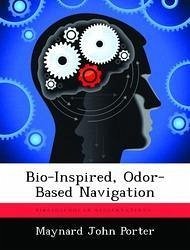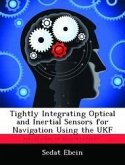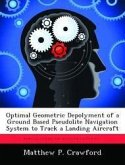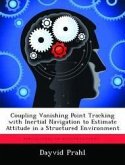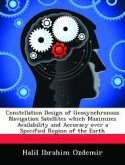The ability of many insects, especially moths, to locate either food or a member of the opposite sex, by tracking a wind-borne plume of odor molecules, is an amazing reality. Numerous scenarios exist where having this capability embedded intoground-based or aerial vehicles would be invaluable. The main crux of this thesisinvestigation is the development of a navigation algorithm which gives a UAV theability to track a chemical plume to its source. Inspiration from the male moth's,in particular Manduca sexta (Tobacco Hornworm moth), ability to successfully tracka female's pheromone plume was used in the design of both 2-D and 3-D naviga-tion algorithms. The algorithms were developed to guide autonomous vehicles to asource generating an odor/chemical plume, using only the odor/chemical informationprovided by the plume.The algorithms were implemented using a variety of fuzzy controllers and adhoc engineering approaches. The fuzzy controller, critical to the success of bothalgorithms, was developed to estimate the location of a vehicle relative to the plume:coming into the plume, in the plume, exiting the plume, or out of the plume. Analysisof plume detections within a short-term memory bank provided the basis for thiscontroller.To test these algorithms, 2-D and 3-D simulation environments were developed.
Hinweis: Dieser Artikel kann nur an eine deutsche Lieferadresse ausgeliefert werden.
Hinweis: Dieser Artikel kann nur an eine deutsche Lieferadresse ausgeliefert werden.

